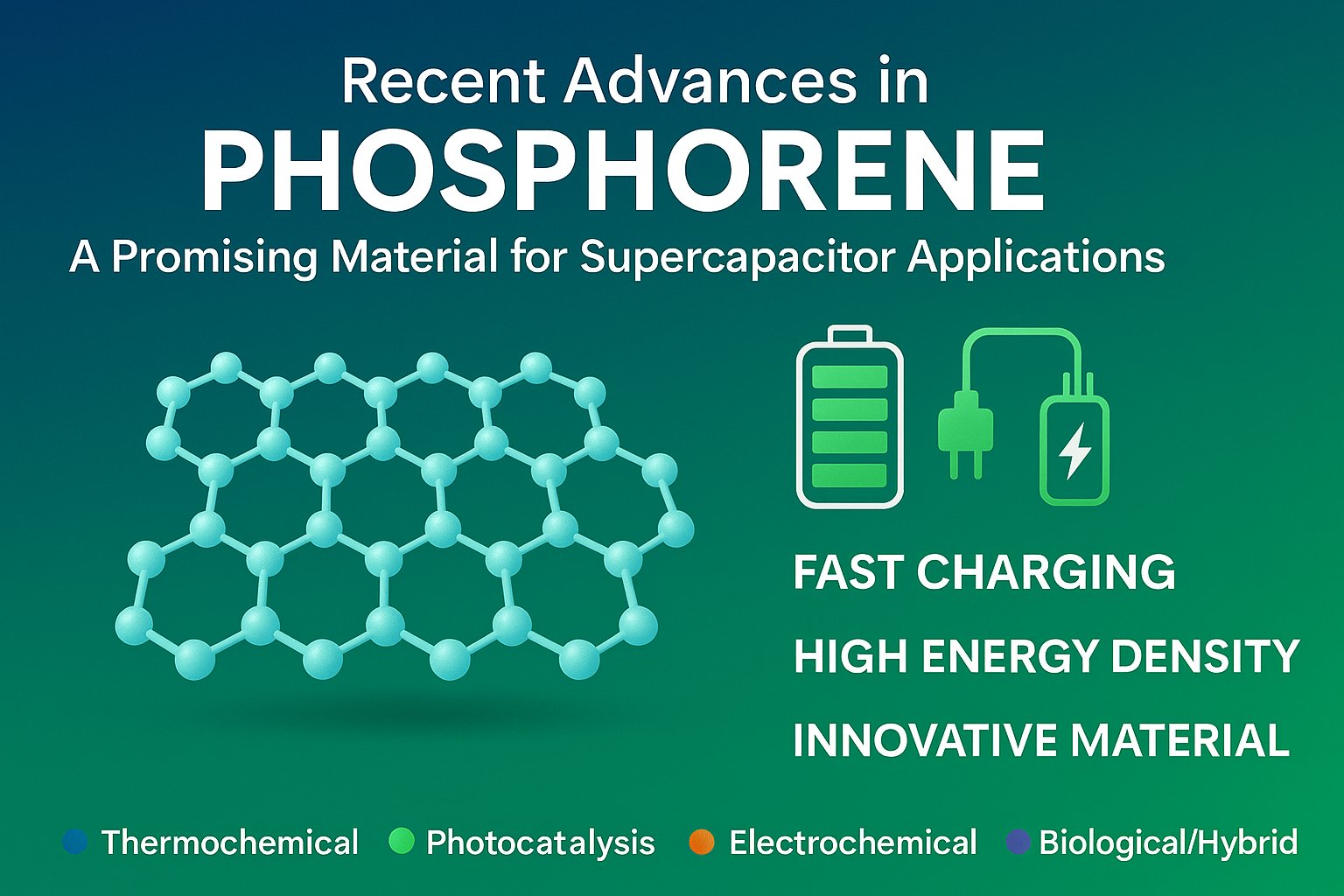New research reveals how host–guest chemistry can revolutionize nanoscale electronics and sustainable energy solutions.
- 🧪 Research Focus: Study of host–guest interactions in low-symmetry M₈Lun4 molecular barrel (UNMB) and its fullerene-encapsulated analogues (C₆₀⊂UNMB, C₇₀⊂UNMB) to understand structure–property relationships for molecular electronics and thermoelectrics.
- ⚡ Conductance Findings: Guest encapsulation increased current density by ≈1.5 orders of magnitude, highlighting strong modulation of UNMB’s electronic structure.
- 🌡️ Thermopower Results: Encapsulation reduced Seebeck coefficient from +174.4 µV K⁻¹ (UNMB) to +85.3 µV K⁻¹ (C₆₀⊂UNMB) and +90.9 µV K⁻¹ (C₇₀⊂UNMB), indicating HOMO-dominated hole transport.
- 🔬 Characterization: Molecular assemblies analyzed via ¹H-NMR, ¹³C-NMR, ESI-MS, AFM, XPS, and UPS to confirm structure, monolayer formation, and electronic energy levels.
- 🏗️ Molecular Assembly: UNMB provides a hydrophobic cavity to encapsulate fullerenes while minimizing their diffusion; monolayers on gold surface formed via spin-coating.
- ⚙️ Measurement Technique: Charge transport measured using EGaIn-based molecular junctions; thermopower measured with a modified setup creating a controlled temperature gradient.
- 📈 Charge Transport Mechanism: Temperature-dependent I–V measurements show thermally activated hopping; activation energies increased upon encapsulation (UNMB: 337 meV, C₆₀⊂UNMB: 448 meV, C₇₀⊂UNMB: 557 meV).
- 🧩 Theoretical Insight: HOMO energy offsets from UPS explain observed conductance and thermopower trends; EF–EHOMO inversely correlates with conductance, supporting hopping mechanism.
- 🔄 Significance: Demonstrates modulation of thermoelectric properties via noncovalent fullerene encapsulation without altering molecular backbone; lays groundwork for supramolecular thermoelectrics and adaptive energy harvesting devices.
- 🤝 Acknowledgements: Funding support from IISc, DST-INSPIRE, SERB-Core, UGC, PMRF; no conflicts of interest reported.
A study from the Indian Institute of Science (IISc) in Bangalore has unveiled the extraordinary potential of nature-inspired “host–guest” chemistry to design next-generation molecular electronic devices. By exploring how molecules interact at the smallest scale, the team demonstrated a clever way to control electricity flow and even generate energy using supramolecular “barrels” and fullerenes (soccer-ball-shaped molecules). Their findings could lead to advances in miniature electronics and sustainable energy technologies.
The research, led by Dr. Partha Sarathi Mukherjee and Dr. Veerabhadrarao Kaliginedi, along with their team, was published in Angewandte Chemie International Edition. It investigates how encapsulating fullerenes (C₆₀ and C₇₀) inside custom-designed molecular cages dramatically changes the electrical and thermoelectric properties of the system. This breakthrough helps us better understand and manipulate the invisible but critical forces at play in molecular electronics.
What Did They Discover?
The study explored host–guest interactions—a bit like puzzle pieces fitting together. The “host” in this case is a low-symmetry molecular barrel designed to trap specific “guest” molecules, such as fullerenes. The researchers found two key things:
- Enhanced Conductance: Encapsulating fullerenes in the molecular barrel led to a 1.5-order-of-magnitude increase in current flow, meaning electricity passed through more efficiently.
- Tunable Thermoelectric Properties: While conductance increased, the thermopower (a property that converts heat into electrical energy) decreased, suggesting a fine balance between the two. Notably, the system favored HOMO-mediated charge transport—essentially relying on electrons moving from high-energy areas in the molecule.
This unique interplay of these properties highlights how molecular behavior can be precisely tuned for specific applications.
Why Does It Matter?
This research opens the door to designing futuristic materials for electronics and energy. Host–guest systems are modular, reversible, and don’t need chemical bonds to work, giving them an edge in adaptability. Possible benefits include:
- Smaller, Smarter Electronics: Molecular-scale designs like this could pave the way for ultra-compact and efficient devices.
- Energy Harvesting Technologies: Tunable thermopower could be used to convert waste heat into electricity in a sustainable and low-cost way—a key element in the push for renewable energy solutions.
- New Possibilities for Sensors: Host–guest interactions allow for responsive designs that change their properties based on the environment, ideal for smart sensors.
Who’s Behind the Breakthrough?
The study was conducted by a team of researchers at the Indian Institute of Science (IISc), Bangalore, including Sunil Kumar, Dharmraj Prajapati, Pooja Singh, Shamsad Ali, Arpita Panda, with senior researchers Dr. Partha Sarathi Mukherjee and Dr. Veerabhadrarao Kaliginedi leading the effort. Funding support was provided by the Indian government through programs such as DST-INSPIRE and SERB.
Simplifying the Big Picture
Think of these molecular barrels as tiny safe houses for specific molecules like fullerenes. By trapping fullerenes, the barrel’s electrical behavior changes dramatically. This is a big deal because it means we can control electricity and heat flow at the molecular level—a critical skill for designing smaller, more efficient technology.
What’s Next?
The team’s findings highlight a new path in molecular electronics and thermoelectrics. Future research could dig deeper into making these systems even more efficient while exploring real-world devices that leverage the ability to tune molecular interactions.
Bottom Line
As the world moves toward sustainable and smart technology, studies like this demonstrate the power of nature-inspired chemistry to solve some of our biggest challenges. This research shows how understanding the smallest building blocks of nature can lead to the biggest innovations in technology.
Stay tuned—your next phone or laptop may be powered by the science of molecular puzzles.
Probing Host–Guest Interactions via Conductance and Thermopower Measurements
- Sunil Kumar, Dharmraj Prajapati, Pooja Singh, Shamsad Ali, Arpita Panda, Partha Sarathi Mukherjee, Veerabhadrarao Kaligined
- Increased Conductance: 1.5-order magnitude rise in current density.
- Host-Guest Interactions: Encapsulation of fullerenes enhances properties.
- Thermopower Measurement: Decreased thermopower with guest molecules.
- HOMO-Mediated Transport: Charge transport dominated by highest occupied orbitals.
- Future Applications: Insights for molecular electronics and energy harvesting.




